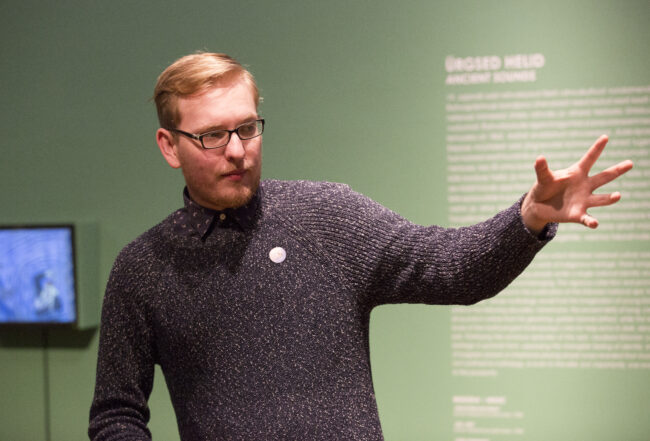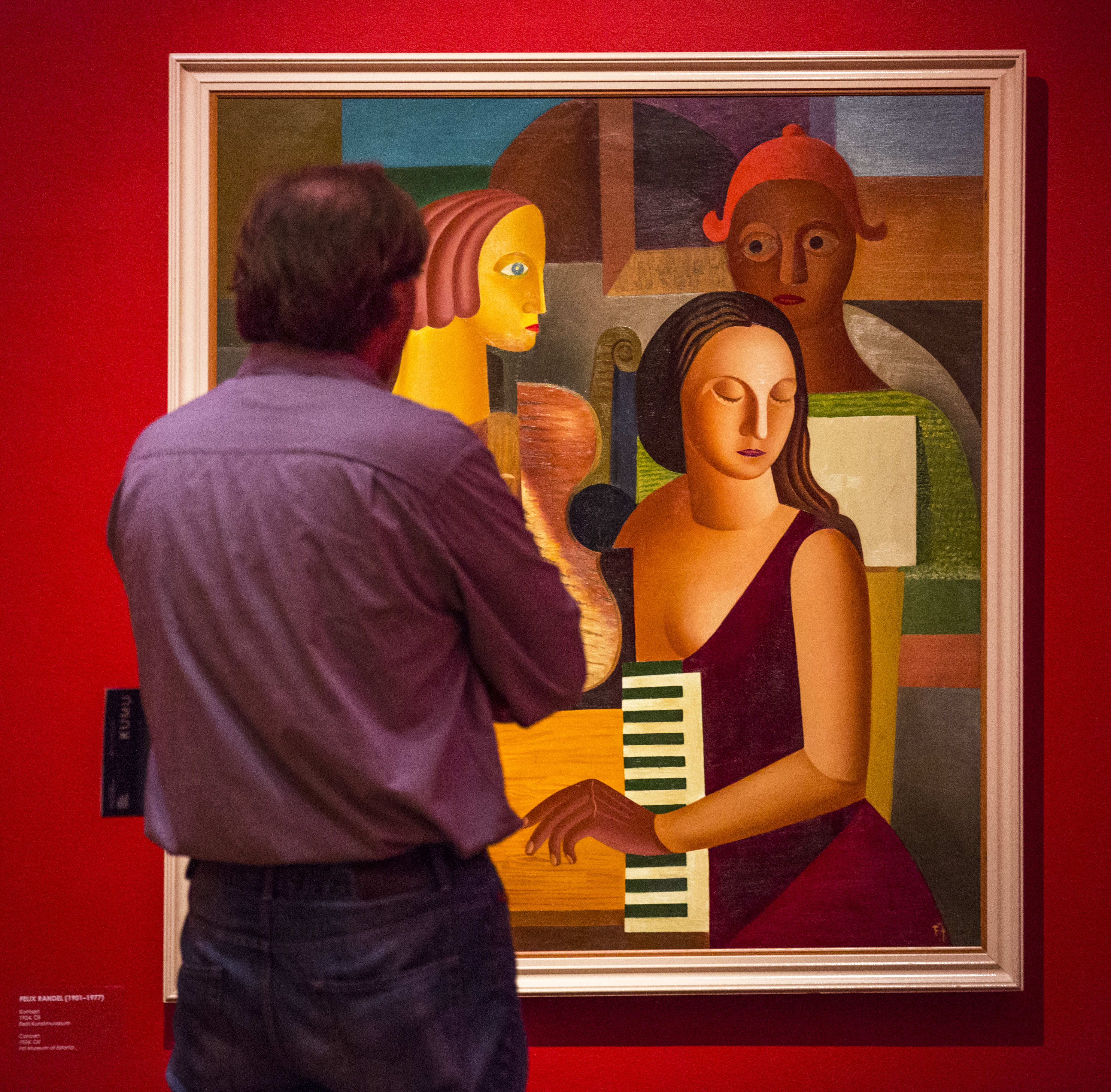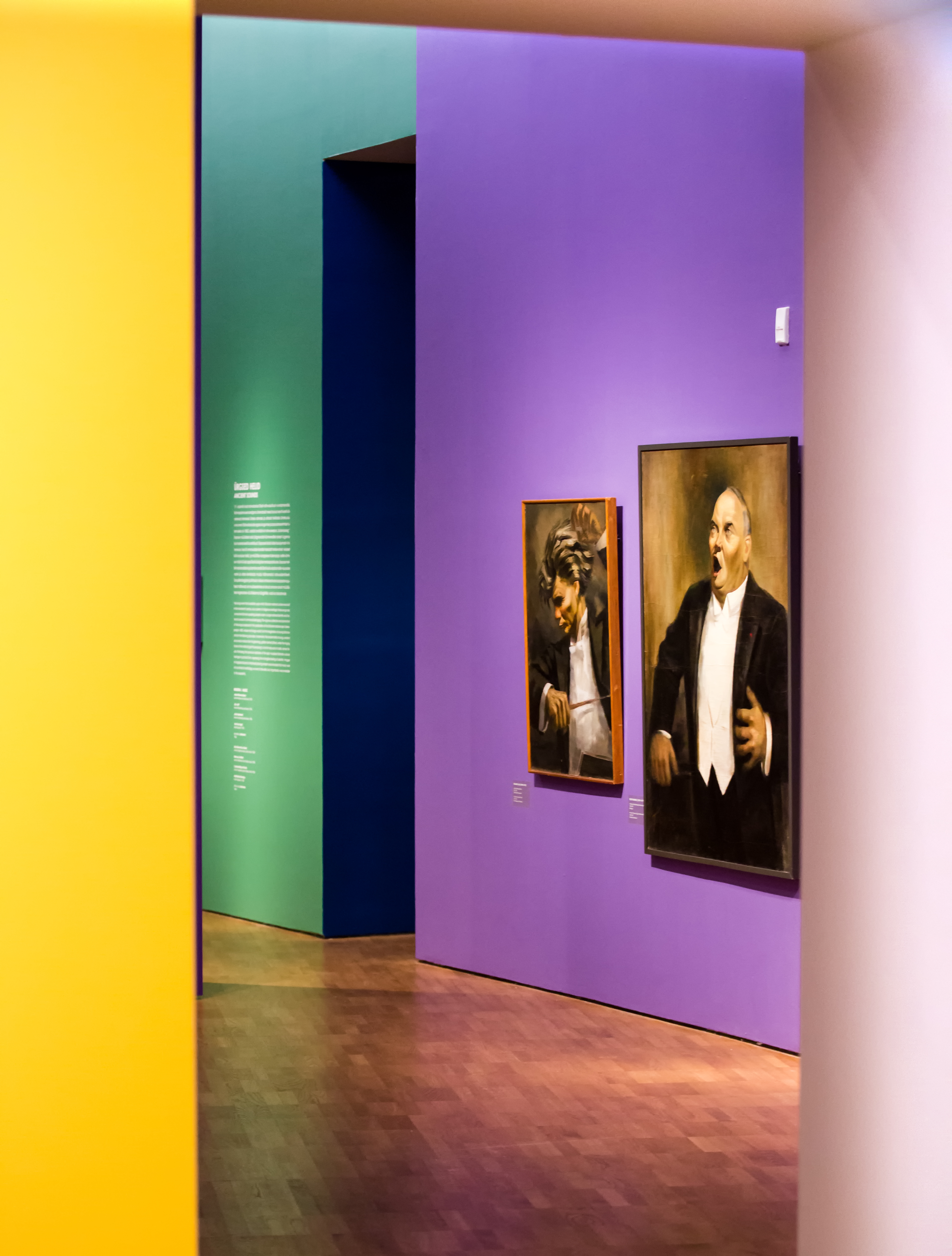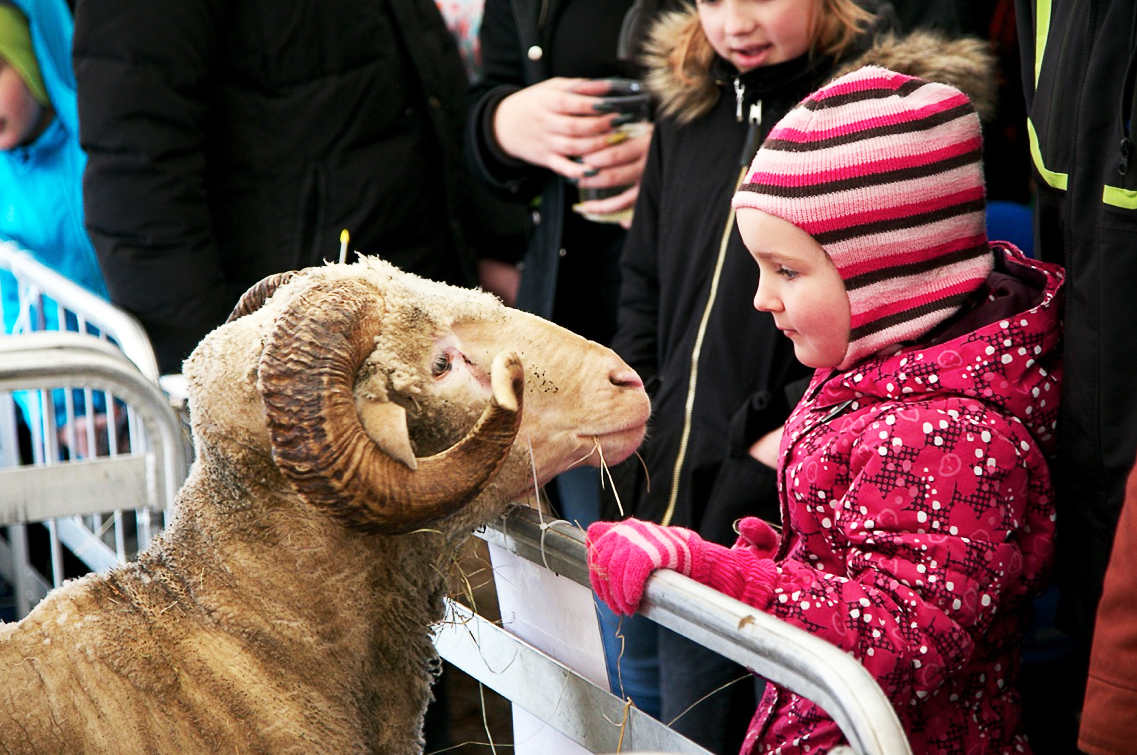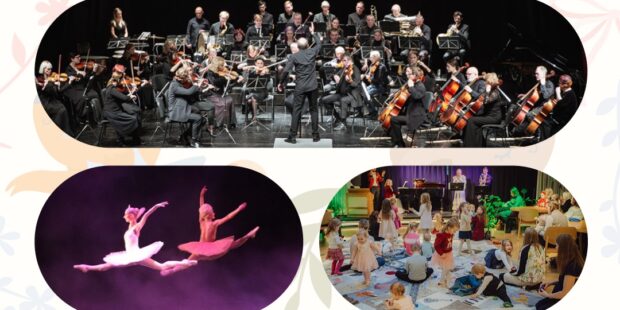Bart Pushaw: The American Revealing the Estonian Art Explosion
“Sometimes I wake up in the morning, and I think, ‘I speak Estonian. That’s a really weird thing.’” Bart Pushaw, even as he walks people through his exhibition, ‘Conductors of Colour. Music and Modernity in Estonian Art’, can take a step back and realise the reasons why his position is interesting to people. The 26 year-old American PhD student has spent the better part of his academic career engrossed by study of the art and cultural history of Estonia. Learning the national language while still in the United States, Pushaw gained fluency with an impressive speed.
He’s often asked where his enduring attachment to Estonia comes from. “I never ever thought that I’d end up here. I knew basic things about Estonia, but I didn’t know about the culture. There are aspects of the culture that are unfairly covered-up. Toomas Hendrik Ilves had this quote that really hit home for me, ‘Estonia is like a wild strawberry. If you don’t know where to find it, you can pass it by, but when you come across it, it’s the most wonderful experience you could have.’ I really like that imagery because that’s exactly what happened to me. Six or seven years after first getting here, I still have that curiosity, and it’s very fulfilling for me.”
Thanks to his easy charm, and skill with the Estonian language, Pushaw’s exhibition tours are gaining an increasing following. He has noticed a change in himself since settling in Estonia. “I think it’s more in the way of adopting certain mannerisms that I don’t even think about any more. It’s like, today, I was so used to talking about the exhibition in Estonian on the tour, that it was strange talking about it in English. I don’t know it would have been different in English, but it’s a matter of content-delivery; I practice in Estonian.”
Kumu, through displays such as its permanent exhibition, ‘Conflicts and Adaptations. Estonian Art of the Soviet Era (1940–1991)’, has long sought to bring new angles and interpretations to all forms of Estonian art, but Pushaw’s interest is based on an earlier period, and comes from wider trends in northern-European art. “I think it’s because I started with Swedish art and Scandinavian culture, and that links in with Finnish and all Scandinavian art, and with Estonia. Being here, you can challenge a lot of ideas you might have about art, about what it’s supposed to do, and generally I think there’s a surprising richness and diversity to culture here. The impulse to create things, I think, has always been stronger here than it has in many other countries.”
As the exhibition’s title suggests, ‘Conductors of Colour’ looks into the parallels between the development of painting and drawing as expressions of identity in Estonia, and the development of all forms of music. Some have suggested that Pushaw’s viewpoint as a non-Estonian has influenced him to choose works by artists that an Estonian would not have done. In addition to the now well-known Estonian artists whose work is on display, Pushaw was keen to show art by often-forgotten Baltic German painters.
“It’s a fundamental necessity for me. Without thinking about art in this context, you can’t really think about Estonia. In the time of the Baltic Germans, Estonia and Latvia were essentially intertwined. Thinking in that way enables me to think about the ethnic identities with more fluidity. Looking at it from the outside, it’s crazy there are these artists who were collected and displayed, but still remain anonymous to non-specialists. It’s important to look at these issues, because otherwise we feed into this idea that Estonia is this ancient concept that has always been this singular way, when in fact it hasn’t.”
Pushaw feels this bias towards a singular cultural history is often present in Estonian society. “I think you see it in the way some people treat the migrant crisis. You see it in the rise of some political parties and their rhetoric. But I think it’s fervent not only here but also in places like Sweden, where Swedes have historically had it very nicely! It’s important to emphasise the historical diversity, because I want to chip away at the historical idea of cultural homogeneity that I hear a lot.”
One of the reasons, Pushaw reflected, why Baltic-German history is not celebrated a great deal in Estonia and Latvia might be because of the simple fact that almost all of the Baltic Germans who remained by the time of the Second World War left the region by 1940. Baltic Germans had some odd beliefs about their Estonian and Latvian compatriots, as Pushaw explained. “Some Germans thought that, because of Estonians’ and Latvians’ pagan beliefs, Estonians and Latvians would literally turn into werewolves.”
“This is because during the wars between 1558-1721, there was so much constant warfare, and so many dead bodies, that wolves would eat the bodies, and you would have some wolves who developed this attraction to human flesh. Due to the social hierarchy, and this endurance of pagan beliefs, ideas like this were ridiculously, deeply ingrained.”
He contrasted the very separate identities of Baltic Germans and ethnic Estonians with the more mixed culture it is possible to see in Finland between ethnic Swedes and Finns. “There you have the Swedish colonial operation, but over the course of the 19th Century, you had the Swedish elite embracing Finnish-ness, learning the Finnish language, adopting Finnish-sounding names; you’d never have a German labelling themselves as Estonian. You had some Esto-philes who would study the language and culture, but not Germans wanting to call themselves Estonian.”
Pushaw’s face lights up when he talks about the golden era in the Estonian art world at the turn of the 20th Century. “I’d say generally I work on 1850 to 1950, but in the Baltic context I work mostly on 1890 to 1915, because in those 25 years, there was such an explosion of new ideas, almost out of nothing, a cultural boom. In 1903, you’d have people saying things like ‘can you believe it? I went to the studio of a real Estonian artist, wow!’ and then by 1906 you have exhibitions, and by 1909, 1910, you have artists doing talks in the Estonian language about their work and defining an identity for Estonian art. So in the space of a few years, there was this ridiculously large cultural transformation. There are these booms in many places, and at the time you don’t realise it, but looking at it historically, it’s incredible.”
The exhibition runs until August 2017, and comes recommended if you want to get a new, thrilling, perspective on the development of song, dance and all forms of cultural expression, and how they dovetailed in with an increased confidence on display among artists in Estonia.
TEXT STUART GARLICK, PHOTOS ANDREI CHERTKOV
To learn more about this and similar topics

